Tire recycling machine
The method of recycling waste tire is that separates the inner steel wire and fiber from waste tire through many kinds of technology and grinds the rubber granules into powder. Waste tire treatment equipment is suitable for international development and management style. It’s merits on that can recovery the waste tire to into rubber granule/ powder reaching to availability 100%. Wing to no second pollution in production process, resuming waste tire is really recycling way called long duration development.
The rubber powders widely used and hardly cover all industrial lines. It can replace the material such as plastic, instead of nature rubber, be rebirth tires. It is used in sport runway and shoe sole, it also can be used in highway, air trip as well as third generation railway sleeper as modification asphalt.
Photos of tyre recycling machine
As people are more and more concerning about the health and environmental, the disposal of various types of wastes, such as waste plastic, waste tyre, waste rubber, medical waste, municipal solid waste and other wastes, becomes more and more urgent problem all over the world and is the current topic. Many people want to recycle tires. The investment of waste tyre recycling plant for the waste car and truck tire becomes one of the most profitable and promising industry. Wedo waste tire recycling machine is famous for their longer service life, excellent corrosion resistance, negligible maintenance, sturdy construction and their high flexibility. The Waste Tyre Recycling Plant offered by Wedo has greater flexibility and can be suitable for managing any type of tires, reducing them to granules. Wedo adopts the unique and latest technologies to increase the efficiency of the machine to dispose the large quantities of waste tires.
How do the waste tires influence people’s life so much? Nowadays, disused tyres disposal becomes a very current topic, as many problems caused by tyres pile will explode eventually. The most noticeable problem associated with large tyre piles is the fire hazard they present. Once a tyre pile catches fire, it is very hard to extinguish. In some instances, tyre piles have been burning for several months with the black fumes being visible for many miles. Diseases such as encephalitis and dengue fever have also reported around scrap tyre piles, particularly in areas with warmer climates, which are an ideal breeding ground for disease-carrying mosquitoes. The recycling plants offered by Wedo for the treatment of scrap tyres are capable of treating any type of tyre and processing them to granules.
Civil engineering construction: tyre-derived products, mostly 50-mm (2-inch) tyre chips, can used to replace conventional construction material, such as road fill, gravel, crushed rock or sand. The benefits of using tyre chips instead of conventional construction materials are reducing density, improving drainage properties and guaranteeing good thermal insulation. Civil engineering applications of scrap tyres are expected to become more widespread as more and more applications can be proven technically viable and economically advantageous.
Tyre manufacture: many tyre manufacturers add recycled material into their compounds. Aside from the savings in material costs, adding crumb rubber to the virgin rubber compound offers the following processing advantages:
Better mixing properties and improved stability form for uncured parts.
2. Improve degassing during the vulcanization process.
3. Improve mould release.
4. Reduce cure times.
Athletic surfaces and playground covers: combined with a moisture-curing urethane binder, crumb rubber can poured into place to form an elastic and resilient surface cover using conventional paving equipment. This technique is widely used for running tracks, tennis courts, and similar athletic surfaces and playground covers. This application has been very popular in the past decade, and expected to continue to develop in coming years.
Molded products: as the supply of crumb rubber has become more reliable, a number of recycled products made by simple compression molding have been developed and successfully introduced into the market. Most of these products are high-volume, low-tech products, such as rubber paving blocks, livestock mats, railroad crossings, removable speed bumps and gymnasium mats.
Rubber-modified asphalt: commercial applications of rubber-modified asphalt (RMA) road surface date back to the 1960s. Recycled tyre rubber often added to the asphalt mix in order to improve the performance characteristics. The main advantages of RMA can be summarized as follows:
1.RMA is particularly useful in areas with extreme climates, i.e. high temperatures in summer and severe frost in winter. Thermal cracking and rutting can reduced with this kind of asphalt mix.
2. Due to lower maintenance costs and increased durability, the life-cycle cost of RMA is significantly lower when compared to conventional asphalt road surfaces.
3. Traffic safety increased due to better de-icing properties, as RMA is featured with skid resistance.


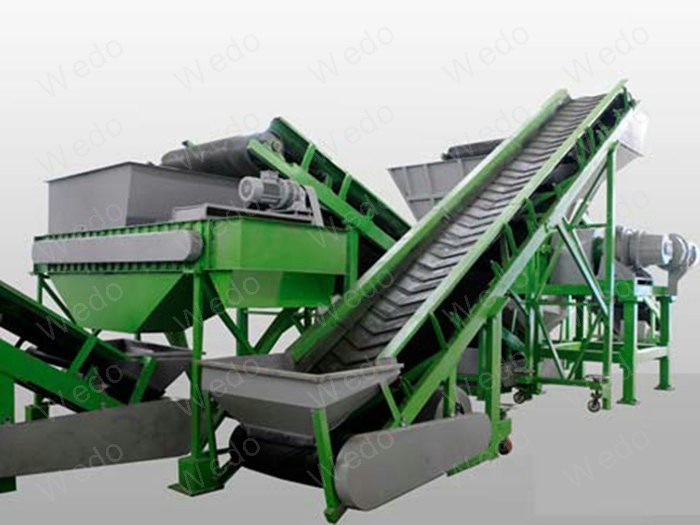
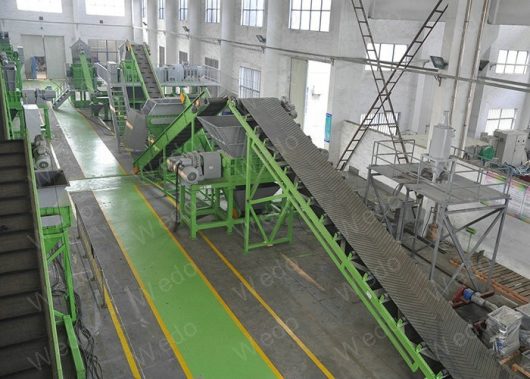
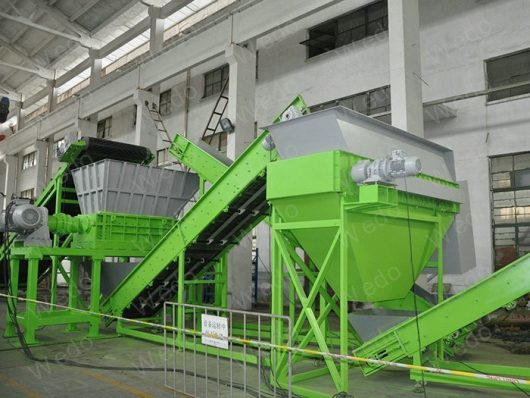
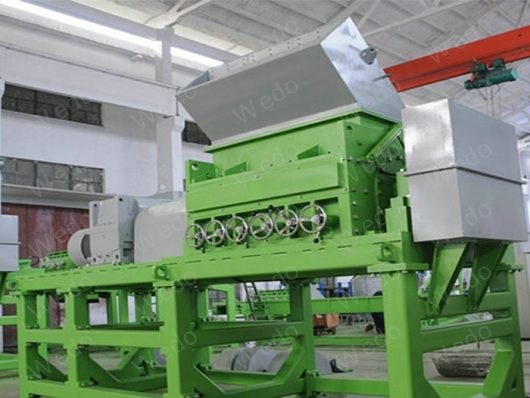
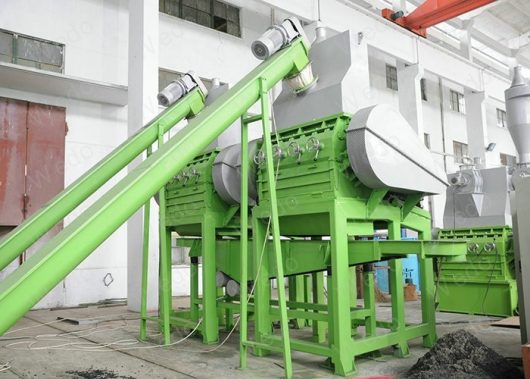
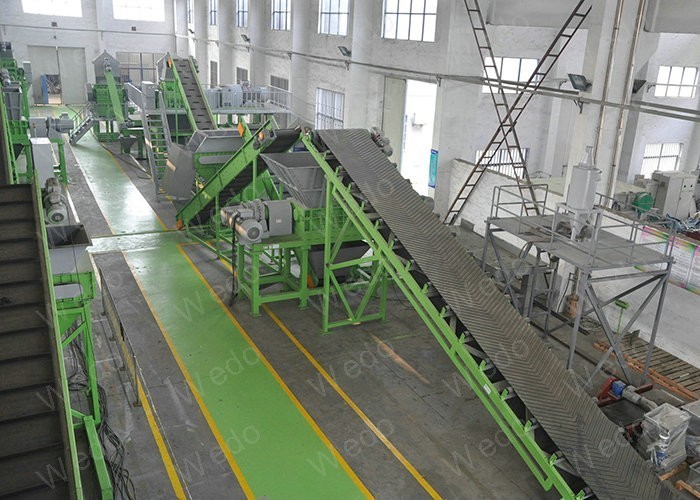
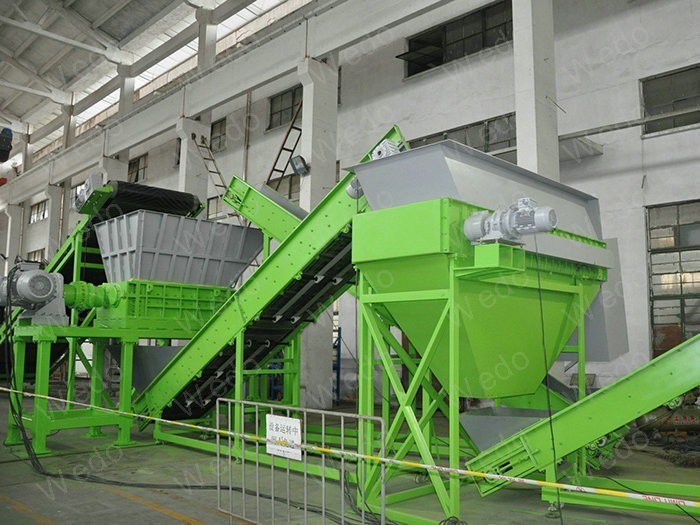
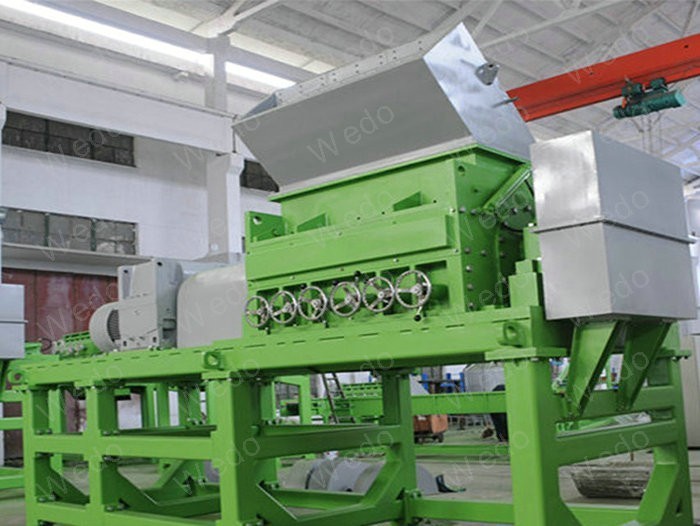
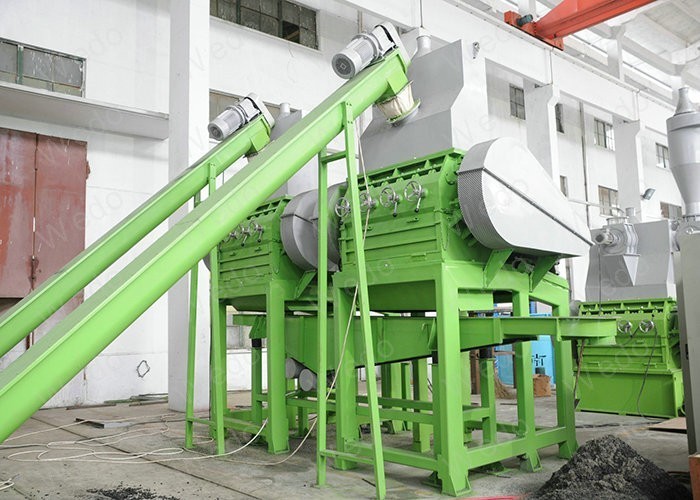
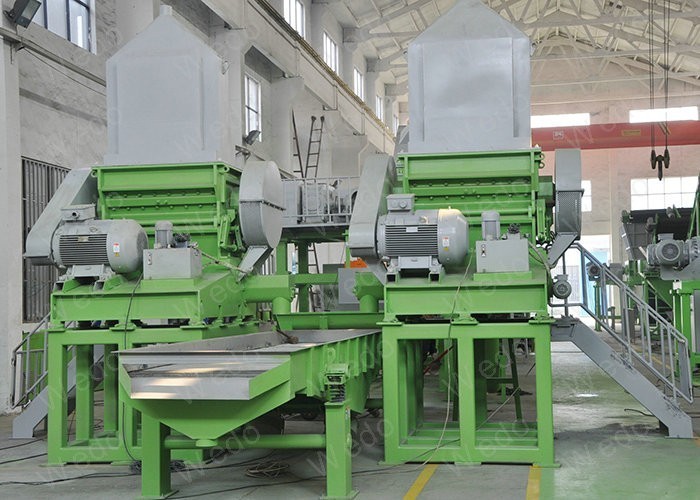
Reviews
There are no reviews yet.